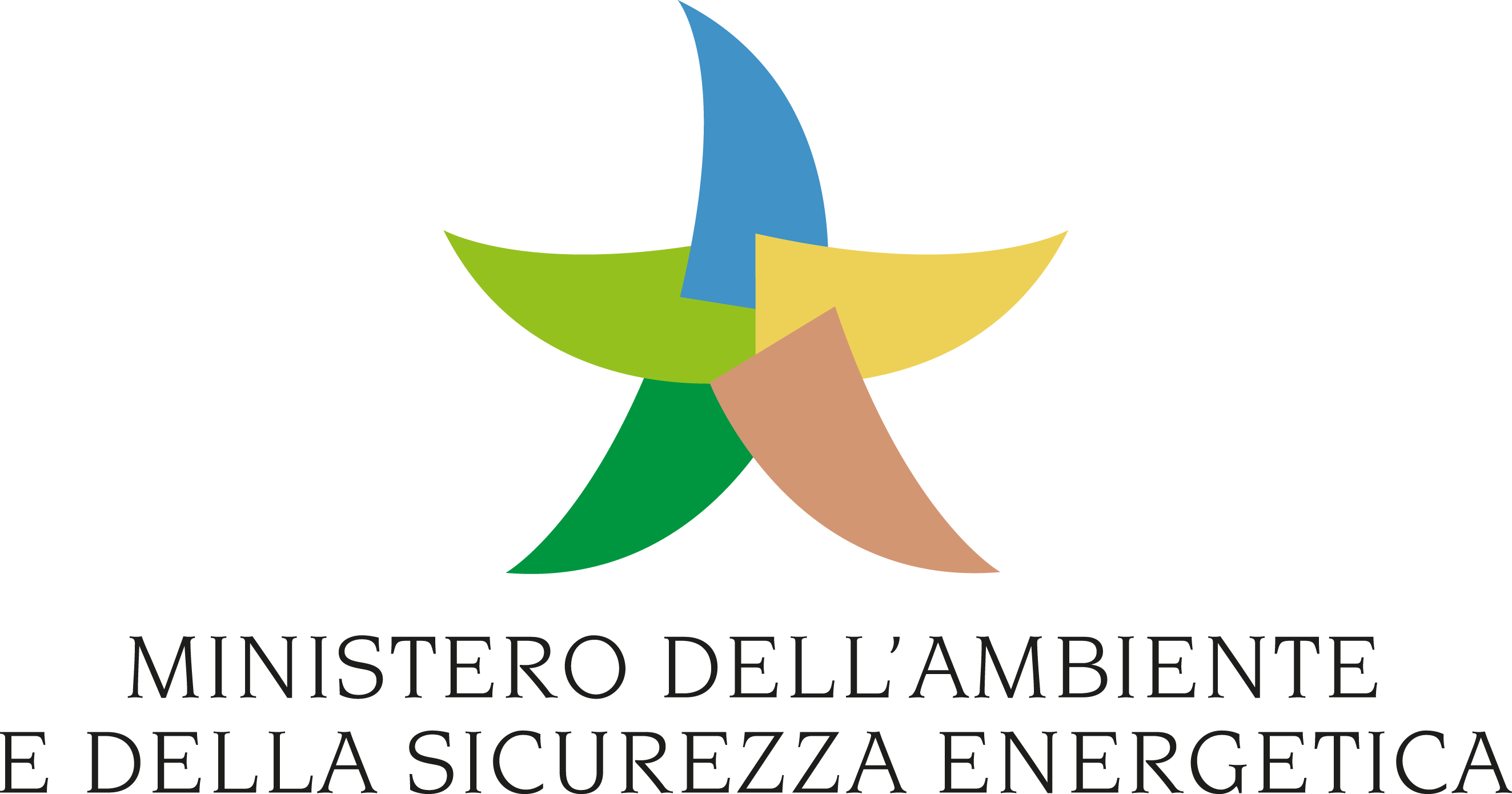This study on Poland is part of the World Bank’s series of low-carbon growth studies. It poses the question of how Poland, an EU member state, an industrialized ‘Annex I’ country for the purposes of international climate discussions,1 and an OECD member, can transition to a low emissions economy as successfully as it underwent transition to a market economy in the early 1990s. With a broad consensus that global coordinated action is needed to prevent dangerous climate change (estimated to cost about 1 percent of global GDP) and with EU policies on climate change already in place, Poland faces immediate policy challenges. Could the country commit to more ambitious overall greenhouse gas mitigation targets for the longer term—to 2030 and beyond? What technological options are available, and how expensive are they compared with existing technologies? Would there be high costs in lost growth and employment? Over a shorter horizon, to 2020, what are the implications for Poland of implementing EU policies on climate change? The report addresses these questions while advancing the approach of the Bank’s low carbon studies by integrating ‘bottom-up’ engineering analysis with ‘top-down’ economy-wide modeling.
Credit: Erika Jorgensen, Kasek Lezek, The World Bank.


